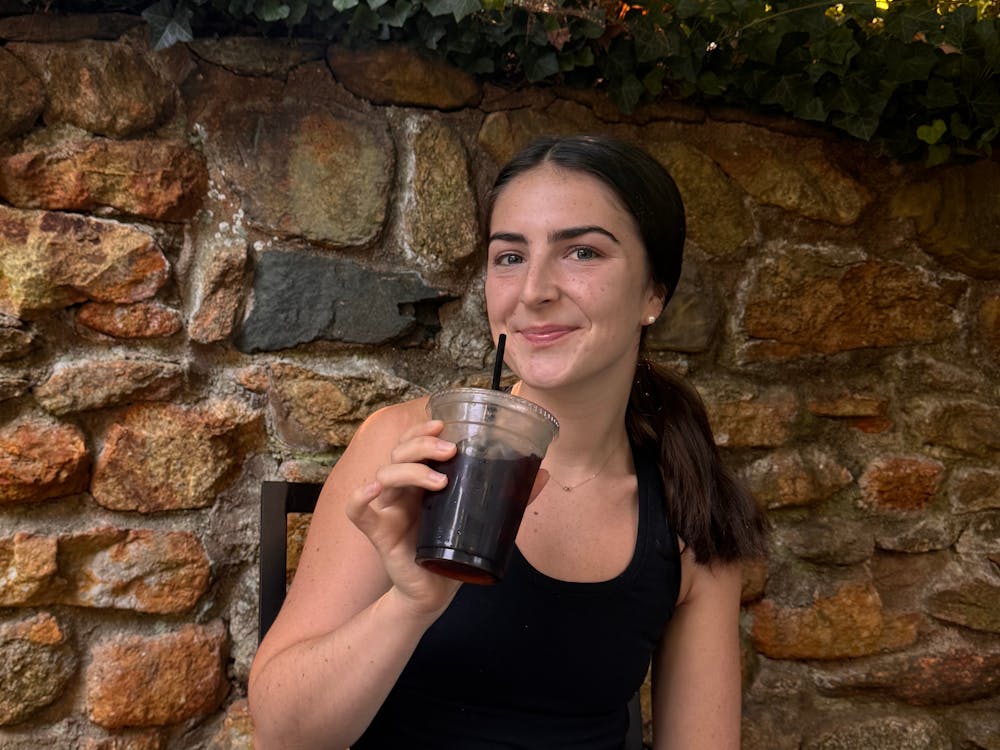In a colorful and enchanting Chinese Buddhist ritual rarely seen in the West, Buddhist monks and nuns performed the "Rite of Universal Liberation" in Newcomb Hall Ballroom Saturday.
This is the first time that such a ritual ever has been performed at an American university.
"Generally, Chinese Buddhists believe that this ritual is able to alleviate the suffering of all creatures," said Hun Lye, a doctoral candidate and graduate instructor in religious studies. "These creatures include both the ones we can see with our eyes and also the invisible creatures within the Buddhist universe. Specifically among that group is a class known as the hungry ghosts."
According to Buddhists, hungry ghosts are tortured by their stinginess, greed and attachment, which results in a state of constant thirst and hunger, Lye explained.
With a strong emphasis on compassion, the Buddhist ritual is performed to nourish and satisfy these tortured creatures so that they can have peace, happiness and comfort.
"For a Chinese Buddhist group to perform this ritual for a mainly non-Buddhist audience in an academic context, rather than in a religious context, this is probably a first," Lye said.
Lye arranged the performance during a research trip to Taiwan last summer when he met the Venerable Shih Hsinting, head of the Fo Guang Shan Buddhist Order. Hsinting offered to send a group of practitioners to perform the rite this spring.
Traditionally, the ritual only is performed a few times a year and lasts over five hours. Saturday's performance, however, was only four hours long and included a break for lunch.
Few Chinese monks and nuns are trained to perform this rite. Communism's arrival in China and the mass destruction of Buddhist monasteries during the Cultural Revolution of the 1960s and 1970s severely diminished the number of qualified practitioners.
"But since the early to mid-eighties, they [Chinese officials] have begun to relax their rules and make significant improvements," Lye said. "They have allowed monks to practice their religion as long as they confine it to the monastery. So the performance of this ritual is undergoing a revival in China."
Lye also pointed out that ethnic Chinese communities around the world have helped preserve and revive the performance of the "Rite of Universal Liberation."
The Venerable Hui-chuan led the ritual in Newcomb. Clothed in red and yellow robes and a crown, he chanted Buddhist prayers and performed hand-gestures while nuns and the laity accompanied him with vocal and percussion music. PowerPoint slides explained the significance of each element as it was performed.
Hui-chuan and the 11 other nuns who performed the ritual originally are from Taiwan. But during the past several years, many of them journeyed to the United States and Canada. Hui-chuan now is the abbot of Hsi Lai Monastery in Los Angeles. The laity who performed Saturday came from North Carolina and New York City to participate in the ritual.
Lye said he hopes the rite has exposed the University to a fascinating but concealed aspect of Chinese culture and religion that is still a very active and living tradition within the Buddhist community.






